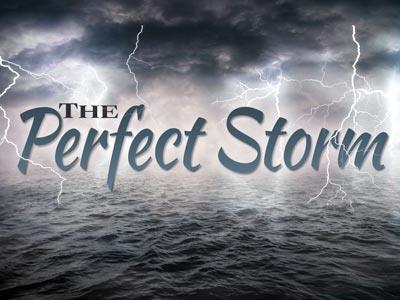“Buy Term and Invest the Rest” – A Failed Theory.
An alarming number of people over age 50 are concerned about a life insurance dilemma facing them today. The level term policies they bought in their 30s and 40s are reaching the end of the term period. They may be expiring even though most people still need and want life insurance protection going forward. If you find yourself in this category, worried about what to do now or worried about good options to obtain competitive life insurance coverage, we can help.
“I won’t need life insurance when I’m older and wealthy” is the biggest lie ever! Here’s the proof: Who buys the BIGGEST Life Insurance policies?? OLD, RICH people!!! Tom Hegna
How Did We Get Here?
This problem is affecting millions of unsuspecting life insurance buyers. Level term products, with long durations, were emerging in the market for the first time in the mid 1990s. The price for term in your 30s and 40s is considerably less than permanent coverage, making it appealing at that time of life. At the same time, many agents in our industry were recommending an untested theory. They suggested that people abandon permanent insurance and buy level term instead. The failed “buy term and invest the rest” asked consumers to invest the difference between the term premiums and permanent premiums in a side fund to be used later. In theory, those accumulated savings would be enough to fund more expensive insurance later in life. But in the overwhelming majority of cases, NO ONE INVESTED THE DIFFERENCE.

“Millions of people were sold a theory, not a strategy. They were told they could outperform insurance companies by investing the difference between the term premium and the higher premium for permanent coverage. That has proven to be a mistake for which today’s life insurance buyers are paying dearly.”

Fast forward 25 years and we have a coverage crisis affecting millions of people who only acted on one part of the “buy term and invest the rest” theory. They bought the term but they did not “invest the rest” every year. Failing to methodically follow the investment part of the plan has left life insurance buyers in jeopardy, for which they are not prepared. When you consider that a high number of agents switch careers, it means that policyholders may be experiencing a false sense of security about what is happening with their term policy. Critical milestones are passing by without awareness and attention. Missing the conversion deadline, for example, severely limits policyholder options.
People in their 30s and 40s were systematically told they wouldn’t need life insurance once their kids were grown or once they reached retirement? Most people past age 50 want protection for life, certainly past the expiration of the initial term policies they bought. By the time they reach their 50s, 60s and 70s, they still want and need a policy, only to find much higher premiums for the new coverage. When you’re older and not as healthy, there are fewer good options and good reason to be concerned about how to secure coverage and contain costs. You’re not alone.
More than 95% of term premiums are wasted – meaning the policies are NOT INFORCE when we reach life expectancy. New policies can be customized to meet your specific needs. They never lapse or they give you the control to lapse when you decide. If managed properly, term policies can be sold in the secondary market too which gives you an opportunity to recover a portion of the premiums you paid.
Newer policies are better because they have:
- Ability to draw against the face amount for a health emergency.
- Guaranteed premiums for life.
- Indexing strategies to safely protect against market losses.
- Accelerated underwriting or no doctor visit, lab tests, etc.
- Installment option for beneficiaries instead of lump-sum.

Can Individual Investors Beat Insurance Companies?
Insurance companies have some of the best and brightest investment people in the world investing policyholder cash values and creating special strategies. These companies are investing billions of dollars that individual investors simply cannot match. Cash value of life insurance policies grow without taxation inside the policy. I give the investing advantage to insurance companies.
Who Needs Term Insurance?
Many consumers should consider term life insurance. It is appropriate coverage for young people with children who do not have the financial resources to pay for permanent protection. We often recommend that young families blend term and permanent policies to keep costs down. Or, it can be appropriate for short term needs such as bank loans, protecting key people in a business and and divorce agreements.

Like most people who did not invest the difference every year, they now find themselves in a difficult position. Their term policies are expiring, they are older and their health may be worse. For most people, life insurance is a lifetime need. Ask anyone over 50.
Let us help. The best thing to do at this point is let a professional review your current situation and make recommendations. Simply complete the contact form on this page or any page on our site and we will contact you right away. Or, contact Ted Bernstein directly at Life Cycle Planners or by email to arrange a complimentary consultation. Feel free to call anytime at 561-869-4500.
Visit us at Facebook
